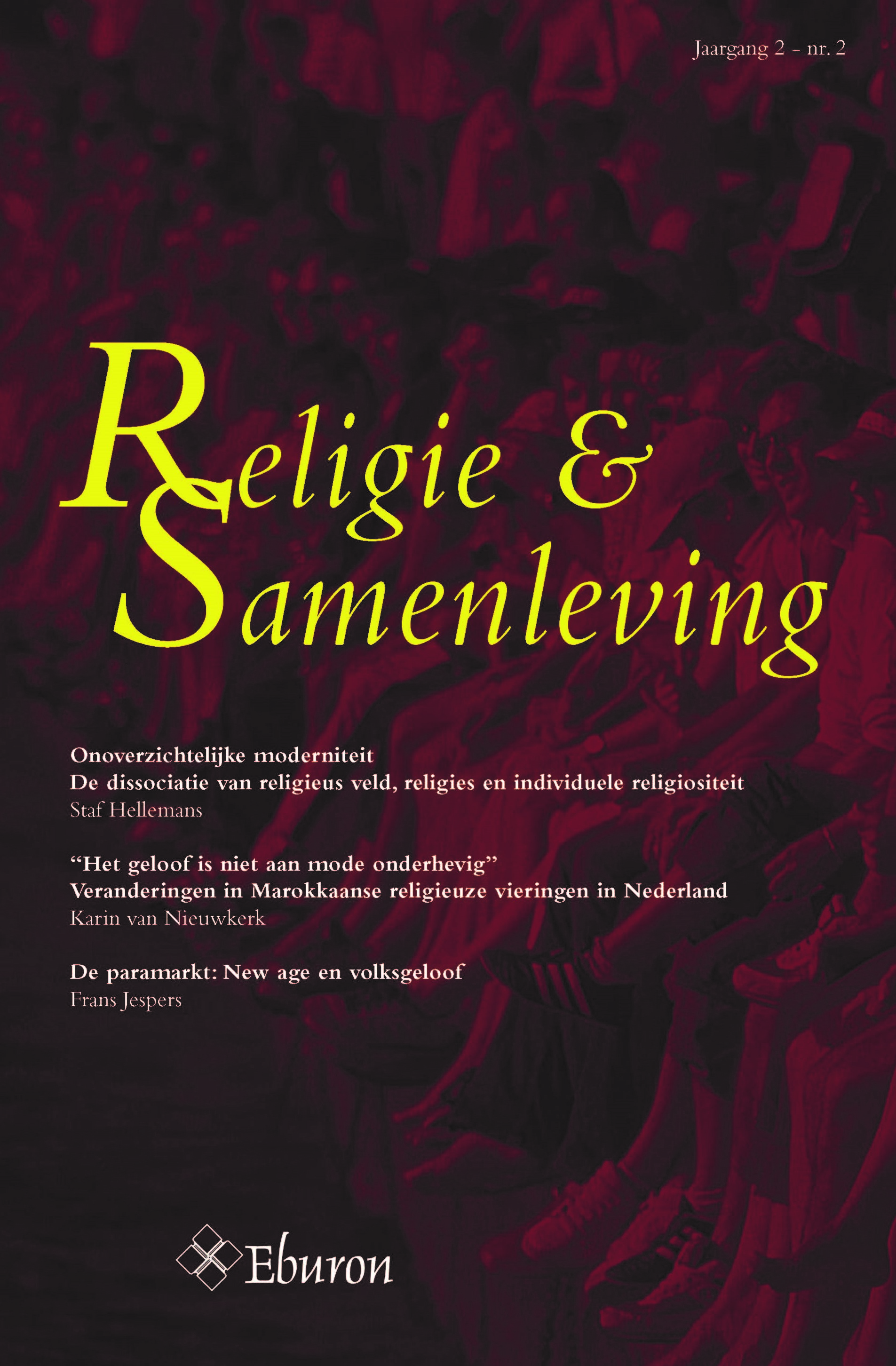Onoverzichtelijke moderniteit
De dissociatie van religieus veld, religies en individuele religiositeit
DOI:
https://doi.org/10.54195/RS.13202Samenvatting
In 1985 Jürgen Habermas characterised the contemporary Western society after 1960 as ‘Die neue Unübersichtlichkeit’ (translated as ‘the new opacity’ or ‘the new disorder’). Zygmunt Baumann has a predilection for the expression ‘Liquid modernity’. Karl Marx wrote already in 1848 that ‘all that is solid melts into air’. These three expressions point to a major tendency within (late) modernity towards disintegration and fluidity. In this article, first presented as a lecture at the second joint conference of the ‘Vlaams- Nederlandse Werkgroep Godsdienstsociologie’ and the journal ‘Religie en Samenleving’ in Tilburg in May 2007, I want to show that this tendency, which is also clearly visible in other societal domains as the economy, the polity or the sciences, strikes also deep chords within religion. For religion – included its conservative and fundamentalist currents – is no less an integral part of modernity. Starting point of the analysis is the distinction between three levels of religion: the religious field at the macro-level, the religions at the meso-level and the individual religiosity at the micro-level. After 1960, these three levels do grow further apart. The dissociation fortifies tendencies towards the fragmentation of the religious field, towards the precarisation and flexibilisation of the religions and towards chronic searching behaviour by and a sense of homelessness of the individuals.




